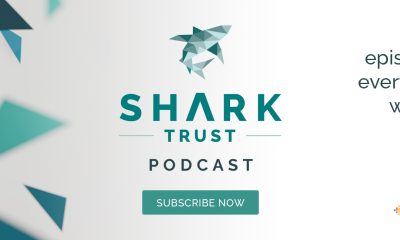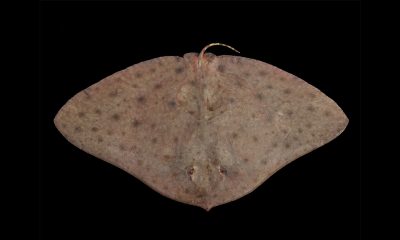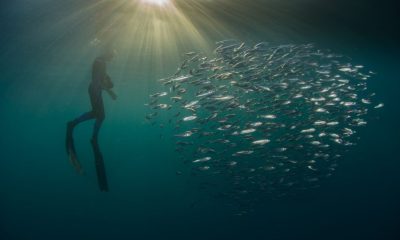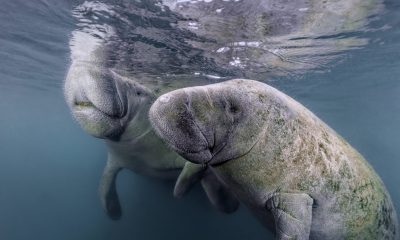News
Photo of seabirds using plastics to build their nests highly commended in UPY

A photo of gannets using discarded nets and ropes to build their nests highlights the increasing problem of plastic pollution on marine life. The image was ‘highly commended’ in the 2020 Underwater Photographer of the Year competition on Saturday 22 February 2020.
Simon J Pierce, Marine Megafauna Foundation and www.naturetripper.com
Dr. Simon J Pierce, a principal scientist at the Marine Megafauna Foundation and wildlife photographer for Nature Tripper, captured the image at Runde Island, off the southern coast of Norway. The island is a seasonal home to over half a million seabirds, including the northern gannets he was there to photograph.
“We were bouncing around in a small boat, so it was tough to compose a photo. I could see some colour among the gannets’ nests on the cliff, and I was pretty sure there weren’t supposed to be bright colours in seabird nests, so I bumped my shutter speed up and hoped for the best. When I downloaded the pictures to my computer later, I just gasped. The nests were overflowing with fishing debris,” says Pierce.
Gannets normally build their nests from seaweed and grass floating on the ocean’s surface near the island. Increasingly, the seabirds are using discarded netting, ropes, and packaging straps from fisheries instead. This fishing waste seems to be becoming more common than the natural materials they instinctively gather. A recent survey at Runde Island found that 97% of nests contained man-made debris. Newborn chicks, and even adult gannets, are routinely entangled and killed in these tough and non-biodegradable materials.
Peter Rowlands, Chair of the Judging Committee for the Underwater Photographer of the Year competition in 2020, added, “We have given them no choice. Their natural materials of seaweed and grass have been smothered by indestructible ghost traps which fishermen have lost or intentionally discarded. We, and the fishermen especially, should hang our heads in shame and then do everything in our power to reverse this.” Pierce’s image of the gannets was highly commended in the “Marine Conservation” category of the competition.
Scientists are increasingly revealing the insidious threat posed by plastic pollution. The Marine Megafauna Foundation is a non-profit organisation researching manta rays, whale sharks and other large marine animals threatened with extinction. Elitza Germanov, also a researcher from the Marine Megafauna Foundation and PhD candidate at Murdoch University, has been investigating the presence of plastics in feeding areas used manta rays and whale sharks in Indonesia. “Manta rays and whale sharks are large filter-feeding fish that can ingest microplastics directly from polluted water or indirectly through the contaminated plankton they feed on,” says Germanov. With time, plastics break down into smaller pieces called microplastics that these large marine filter feeders might accidentally scoop up because they float among their prey.
Germanov’s research found that reef manta rays foraging in the waters off Bali and in Komodo National Park may swallow up to 63 pieces of plastic every hour. Whale sharks that seasonally visit the island of Java are even more affected, ingesting up to 137 bits of plastic each hour.
Pierce says that, for the gannets at least, a quick turnaround in fortune is possible: “Reducing the fishing pressure near nesting colonies has been shown to lead to fast and measurable declines in the number of affected nests. That suggests a range of practical solutions, such as reducing the pollution from the fishing boats themselves, minimise net fisheries in the local region, or create protected areas that allow the ecosystem and nesting areas to recover.”
“There’s a lot we can do as consumers,” added Pierce. “But it’s clear that industries that use plastics in single-use packaging, and the fishing industry that is responsible for a lot of the discards seen here in Norway, need to come to the table and help to fix this.”
For more information about the work of the Marine Megafauna Foundation please visit their website by clicking here.
Marine Life & Conservation
Shark Trust Launches New Podcast

 The Shark Trust has launched their new podcast. Delve behind the scenes and gain exclusive insights in the world of shark and ray conservation on The Shark Trust Podcast. Out Now!
The Shark Trust has launched their new podcast. Delve behind the scenes and gain exclusive insights in the world of shark and ray conservation on The Shark Trust Podcast. Out Now!
Join the Shark Trust on this journey as they explore the diverse world of sharks. Hear from experts from different backgrounds and learn how you can become a part of the global effort to protect these vital species.
Whether you’re a seasoned shark expert or just dipping your toes beneath the surface, this podcast offers something for everyone!
In the first series you will hear from the Shark Trust team. Shark Trust Patrons, Monty Halls, Miranda Krestovnikoff and Simon Rogerson. Divers with a passion for sharks. And some of the Oceanic 31 artists.
New episodes released every two weeks on all major podcast platforms and watch full video versions on the Shark Trust YouTube Channel. Keep your eyes peeled for the bonus minisodes!
There are two available to dive into right now!
Episode 1: Dive beneath the waves of shark and ray conservation with Mark as he speaks with Paul Cox, CEO of the Shark Trust. Paul and Mark discuss the threats and difficulties that sharks and rays currently face in the modern world. And how the Shark Trust is working to create a better future for them!
Bonus Minisode: Join Mark at Go Diving, the UK’s biggest dive show. He interviews Shark Trust Patron, Simon Rogerson, about his diving experiences and how seeing sharks can transform your life!
For more information about the work of the Shark Trust, visit their website here.
News
Get up to 40% off Red Sea liveaboard itineraries in 2024 with Scuba Scene
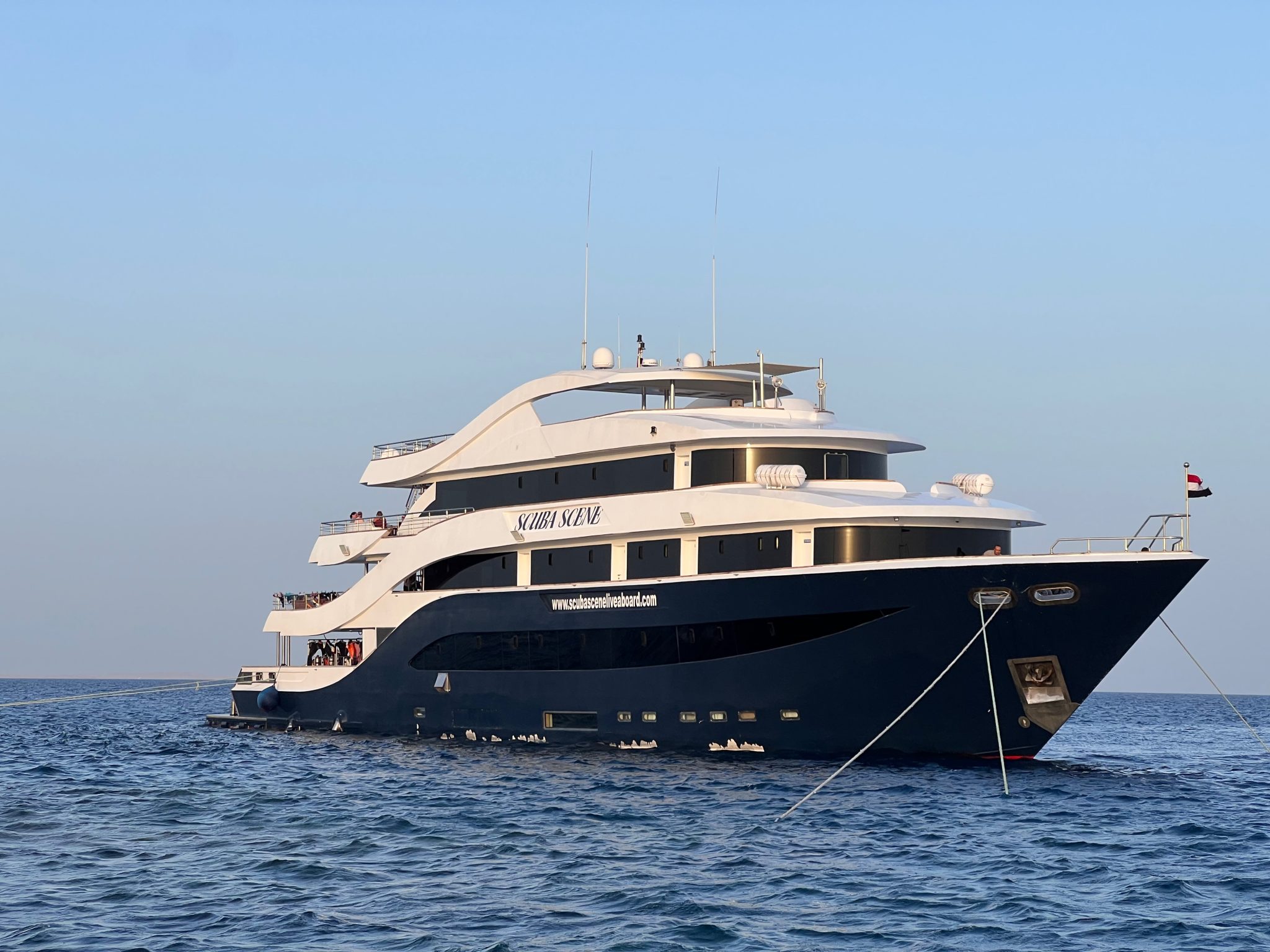
M/Y Scuba Scene was launched in April 2023 and is the ultimate luxury steel-hulled liveaboard located in the Red Sea. She is 48m long, fitted to rigorous safety standards, and makes a great home away from home to enjoy some of the world’s most spectacular dive sites.
She is spacious, comfortable, and beautifully laid out, with a maximum capacity for 28 diving guests. Two large speedboats fitted with tank racks and dive ladders make life easier for divers – no more being hauled into a rib and face-planting on the dive gear. With no bedrooms on the lower deck, it means engine noise won’t spoil your sleep!
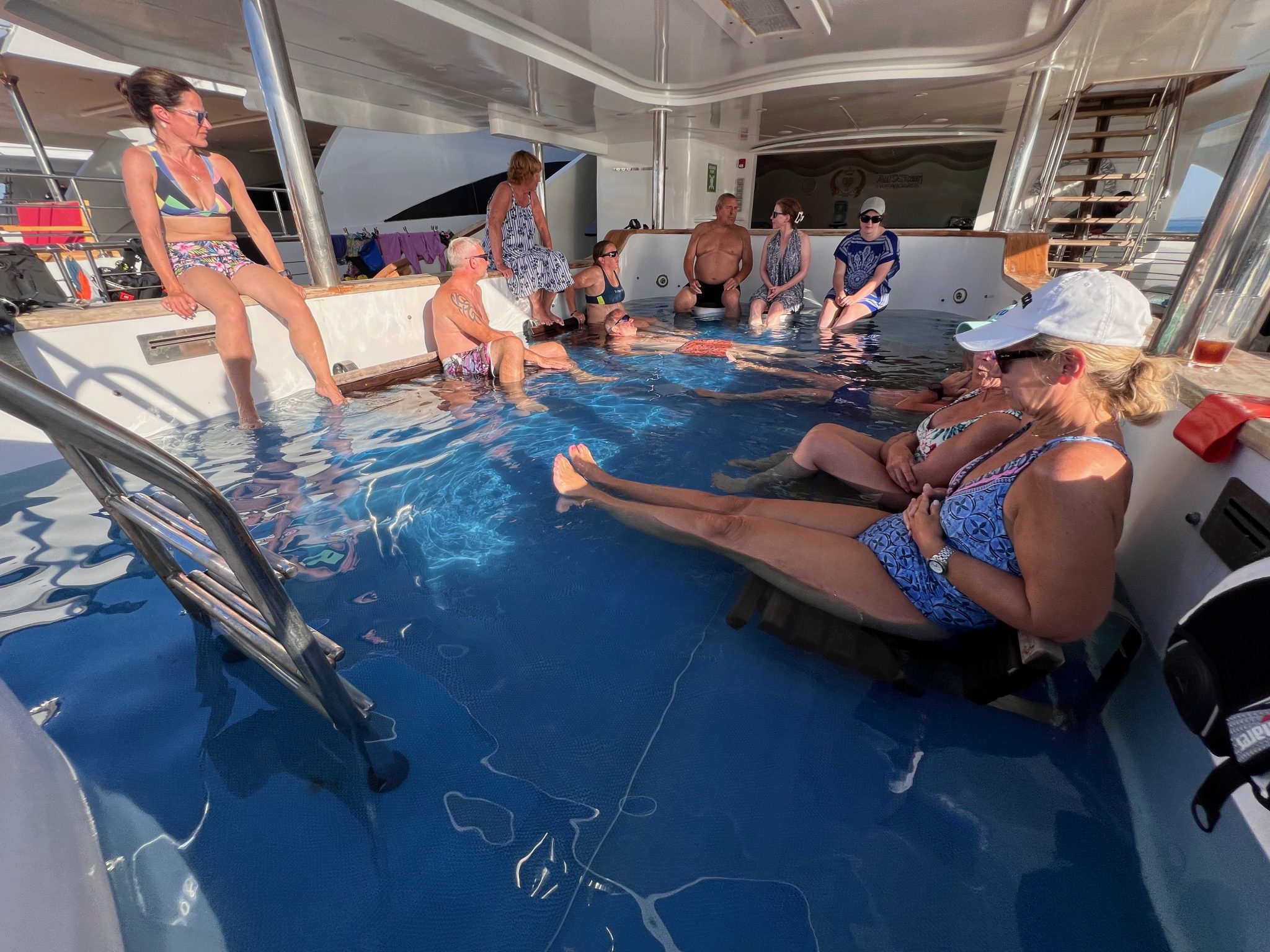
This boat comes highly recommended for shark and pelagic lovers, Tech divers, and fans of coral reefs and wrecks – a luxury yacht, friendly crew, knowledgeable guides, and delicious food.
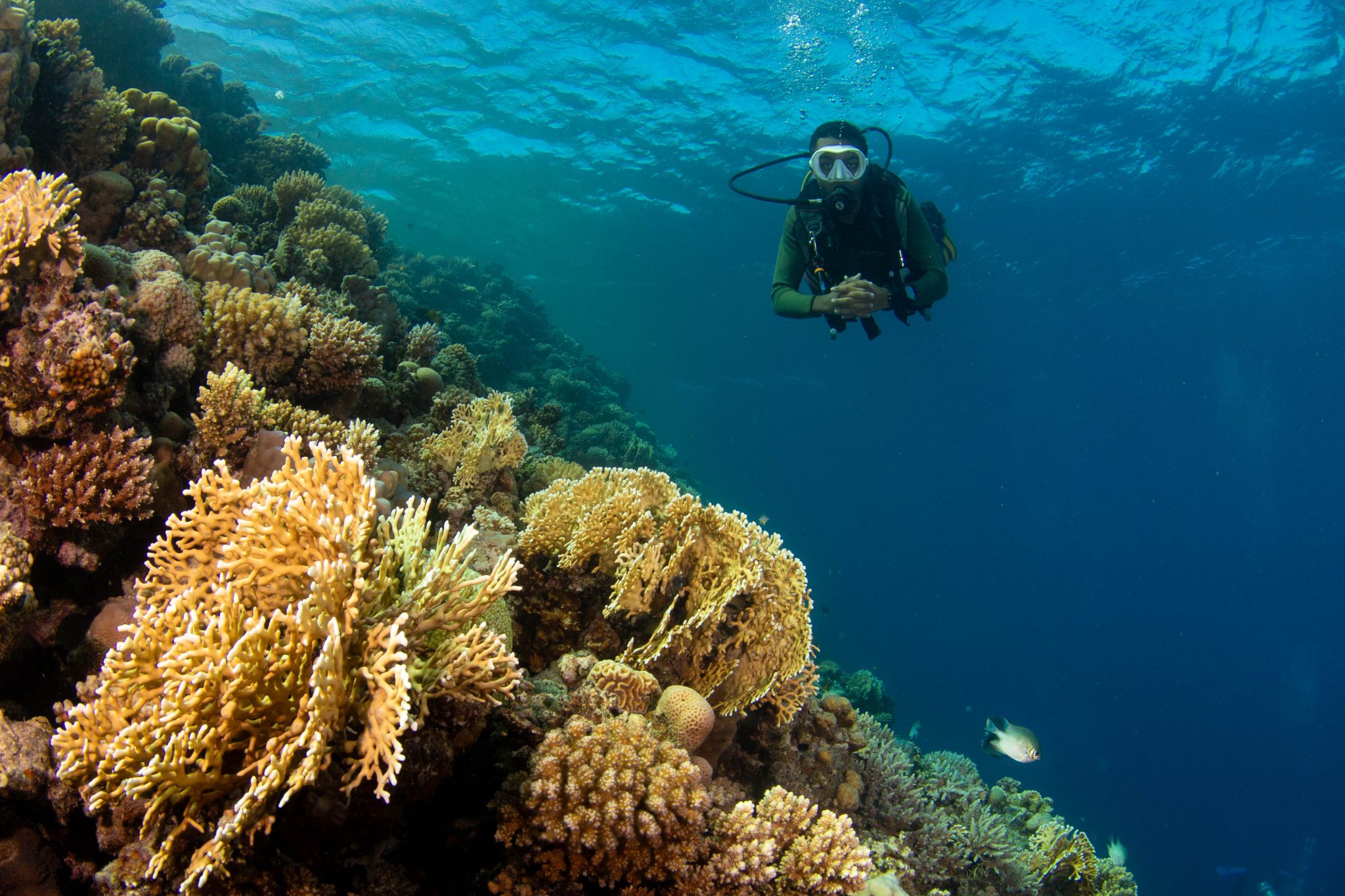
GET 40% OFF Scuba Scene on the following dates:
2nd September – Wrecks of the North
9th September – Best of the Red Sea – Brothers, Daedalus and Elphinstone
21st October – Shark Week – Brothers, Daedalus and Elphinstone
Or 20% OFF:
28th October – Shark Week – Brothers, Daedalus and Elphinstone
11th November – North & Brothers
18th November – Shark Week – Brothers, Daedalus and Elphinstone
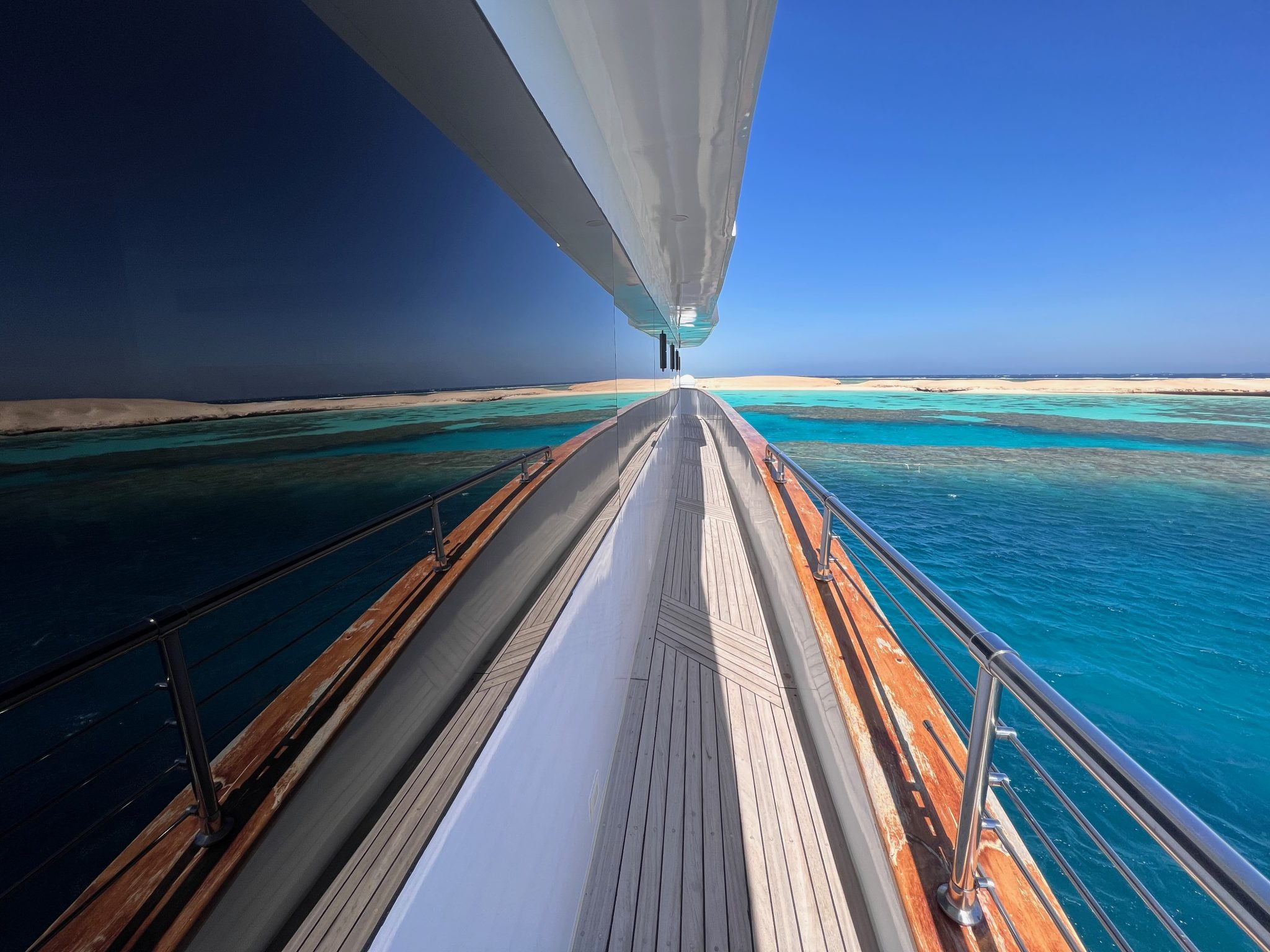
To book your space of for further enquiries please contact holidays@oysterdiving.com or call 0800 699 0243.
-

 Blogs1 month ago
Blogs1 month agoDive Indonesia Part 3: Dive into Lembeh Trip Report
-

 News3 months ago
News3 months agoPADI Teams Up with Wellness Brand Neuro to Drive Ocean Change and Create a Blue State of Mind
-

 Gear Reviews1 month ago
Gear Reviews1 month agoGEAR REVIEW – Revolutionising Diving Comfort: The Sharkskin T2 Chillproof Suit
-

 Blogs2 months ago
Blogs2 months agoMurex Resorts: Passport to Paradise!
-

 Blogs3 months ago
Blogs3 months agoDiver Discovering Whale Skeletons Beneath Ice Judged World’s Best Underwater Photograph
-

 Blogs2 months ago
Blogs2 months agoSeagrass Awareness Month brings critical food source for Manatees to centre stage
-

 Marine Life & Conservation3 months ago
Marine Life & Conservation3 months agoSave the Manatee Club launches brand new webcams at Silver Springs State Park, Florida
-
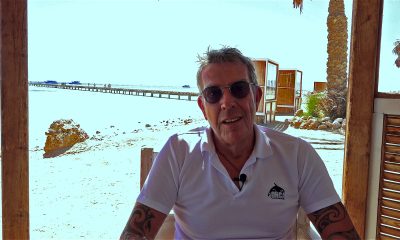
 Blogs2 months ago
Blogs2 months agoSOMABAY: Scubaverse interviews Wolfgang Clausen, General Manager, ORCA Dive Clubs




